My name is Mike - This blog explores the Universe and its wonders while also promoting scientific literacy. Richard Feynman said “The average person, the great majority of people, the enormous majority of people — are woefully, pitifully, absolutely ignorant of the science of the world that they live in." "Science is more than a body of knowledge: It’s a way of thinking; a way of skeptically interrogating the universe." - Carl Sagan. By becoming scientifically literate we learn to see and understand the world around us. The more we learn about the Universe, the better off we will be as human beings.
Don't wanna be here? Send us removal request.
Photo


What are the top three candidates for life outside earth in our own solar system?
What are the Top Three candidates? How about five or ten? Look at our own Solar System, There are 5 top candidates that I'm sure no one would disagree with. They are:
Europa: One of Jupiter's Moons and one of my favorites. With a frozen surface, a possibility of an ocean of liquid water buried underneath, and volcanic activity. Which could provide life supporting heat, as well as important chemicals needed by living organisms. Life could possibly survive by hydrothermal vents, like it does on Earth, and in the film Europa Report. :)
Enceladus: The sixth largest moon of Saturn. This world has been called the most promising canidate for life due to its comfortable temperature and the likely presence of water and simple organic molecules. The surface is 99% water ice, with a possibility of water underneath. The spacecraft Cassini's observations in 2005 show the presence of carbon, hydrogen, nitrogen, and oxygen, all organic molecules presumed to be necessary to develop life.
Io: A moon of Jupiter, one of the few that support an atmosphere. Io's atmosphere contains many complex chemicals that are promising for life. The moon is also one of the most volcanically active worlds in the Solar System. With its surface covered in molten hotspots and constantly being bombarded with lethal radiation, it doesn't sound so pleasant, but I will still keep it on the list.
Titan: Saturn's largest moon has an atmosphere rich in compounds that often mark the presence of living organisms. So, for example Titan's air is rich in methane, which is usually destroyed by sunlight. On Earth there is life that constantly replenishes methane, so it might be similarly responsible for the methane on Titan. The moon was even a place of destination for Ethan Hawke's character, Vincent Freeman, in Gattaca.
Mars: I don't need to tell you about Mars, our next door neighbor. Or maybe you're new here? Mars is the most Earth-like of all the Solar System planets. Its size and temperature (it's freezing) is comparatively similar to our own. There exists large amounts of water ice on Mar's poles and a reasonable possibility of water underneath the surface. Most evidence shows that Mars may have been habitable in the past. Geological features suggest water once flowed across the surface and volcanic activity, now long dead, thrived, recycling chemicals and minerals.
That's our Solar System, our neighborhood. What about the thousands of extrasolar planets being discovered? I'll list a few. The rest you can find here.
Top Extrasolar Candidate:
KOI-1686.01 - An exoplanet with an ESI (Earth Similarity Index) of 0.89, making it the most habitable object of interest to date. The planet orbits a star within the habitable "goldilocks zone" where liquid water could exist.
Gliese 667Cc - Said to be 85% similar to Earth. Gliese 667Cc orbits a star that belongs to a triple star system. The sunsets must look spectacular as envisioned by the artist rendering above. Gliese 667Cc is located in the constellation of Scorpius, 22.7 light years away. It isn't the only planet in this system. This triple star system hosts at least seven planets and at least three of those are rocky planets like Gliese 667Cc.
2 notes
·
View notes
Note
I'm curious about the research being done on black holes. Are we any closer to understanding more about them?
Yes closer and closer. The Event Horizon Telescope just imaged a super massive black hole and its accretion disc. As well as physicists understanding more and more about how they work. Stephen was working on the information paradox before he died. Regarding whether information is lost or preserved in a black hole.
0 notes
Text
16 Uncomfortable Feelings That Actually Indicate You’re On The Right Path
1. Feeling as though you are reliving your childhood struggles.You find that you’re seeing issues you struggled with as a kid reappear in your adult life, and while on the surface this may seem like a matter of not having overcome them, it really means you are becoming conscious of why you think and feel, so you can change it.
2. Feeling “lost,” or directionless. Feeling lost is actually a sign you’re becoming more present in your life – you’re living less within the narratives and ideas that you premeditated, and more in the moment at hand. Until you’re used to this, it will feel as though you’re off track (you aren’t). 3. “Left brain” fogginess. When you’re utilizing the right hemisphere more often (you’re becoming more intuitive, you’re dealing with emotions, you’re creating) sometimes it can seem as though “left brain” functions leave you feeling fuzzy. Things like focusing, organizing, remembering small details suddenly become difficult.
4. Having random influxes of irrational anger or sadness that intensify until you can’t ignore them anymore. When emotions erupt it’s usually because they’re “coming up” to be recognized, and our job is to learn to stop grappling with them or resisting them, and to simply become fully conscious of them (after that, we control them, not the opposite way around). 5. Experiencing unpredictable and scattered sleeping patterns.You’ll need to sleep a lot more or a lot less, you’ll wake up in the middle of the night because you can’t stop thinking about something, you find yourself full of energy or completely exhausted, and with little in-between. 6. A life-changing event is taking place, or just has. You suddenly having to move, getting divorced, losing a job, having a car break down, etc.
7. Having an intense need to be alone. You’re suddenly disenchanted with the idea of spending every weekend out socializing, and other people’s problems are draining you more than they are intriguing you. This means you’re re-calibrating.
8. Intense, vivid dreaming that you almost always remember in detail. If dreams are how your subconscious mind communicates with you (or projects an image of your experience) then yours is definitely trying to say something. You’re having dreams at an intensity that you’ve never experienced before.
9. Downsizing your friend group; feeling more and more uncomfortable around negative people. The thing about negative people is that they rarely realize they are negative, and because you feel uncomfortable saying anything (and you’re even more uncomfortable keeping that in your life) you’re ghosting a bit on old friends.
10. Feeling like the dreams you had for your life are collapsing.What you do not realize at this moment is that it is making way for a reality better than you could have thought of, one that’s more aligned with who you are, not who you thought you would be.
11. Feeling as though your worst enemy are your thoughts.You’re beginning to realize that your thoughts do create your experience, and it’s often not until we’re pushed to our wit’s end that we even try to take control of them – and that’s when we realize that we were in control all along.
12. Feeling unsure of who you really are. Your past illusions about who you ‘should’ be are dissolving. You feel unsure because it is uncertain! You’re in the process of evolving, and we don’t become uncertain when we change for the worse (we become angry and closed off). In other words: if what you’re experiencing is insecurity or uncertainty, it’s usually going to lead to something better.
13. Recognizing how far you still have to go. When you realize this, it’s because you can also see where you’re headed, it means you finally know where and who you want to be.
14. “Knowing” things you don’t want to know. Such as what someone is really feeling, or that a relationship isn’t going to last, or that you won’t be at your job much longer. A lot of “irrational” anxiety comes from subconsciously sensing something, yet not taking it seriously because it isn’t logical.
15. Having a radically intense desire to speak up for yourself.Becoming angry with how much you’ve let yourself be walked on, or how much you’ve let other people’s voices get into your head is a sign that you’re finally ready to stop listening, and love yourself by respecting yourself first.
16. Realizing you are the only person responsible for your life, and your happiness. This kind of emotional autonomy is terrifying, because it means that if you mess up, it’s all on you. At the same time, realizing it is the only way to be truly free. The risk is worth the reward on this one, always source
42K notes
·
View notes
Text
So I’ve been really worried the past couple months cause Ivar’s been letting me write for other people. But after an incident at work yesterday, I know he’s still there. Just biding his time. Waiting for the right time to bring me back into the fold and punish me.
Coworker: I think I’m going to start watching Vikings.
Me: *incoherent sputtering for a solid 30 seconds, followed by blurting out* You’re going to love Ivar the Boneless!

62 notes
·
View notes
Photo

“The deity is within you, not in ideas and books. Truth is lived, not taught.” ~Hermann Hesse
2K notes
·
View notes
Note
Great blog! Just wondering, any suggestions as to where one could study hieroglyphics, preferably online... Thanks!
Thanks!!
I studied Hieroglyphics at university, I struggled with it a lot. I go to Macquarie University and was taught by two professors at the top of their field. We used the Text Book Middle Egyptian Grammar, written by Boyo Ockinga (who just happened to be one of my professors)
Depending on your location and level of higher education you could enrol in a Diploma of Ancient Languages, my university have a distance education or correspondence option where the unit can be taken entirely online.
Another option would be investing in a number of teach-yourself textbooks and guides and studying that way.
Hope I was of some help!! Good luck!!
12 notes
·
View notes
Text
I want to study ancient Egypt. Where should I start?
This is part two of an answer to an ask sent in by an anon who was wanting to study ancient Egypt from its chronological beginnings.
When studying ancient Egypt, it’s easy to get overwhelmed by the sheer amount of topics and information to sift through. For the purposes of this post/ask, I’m going to assume that you are not interested in studying as part of a course, but rather in your own time.
First off, you’re going to be reading a LOT. It’s good to amass a small library of sorts for all your references, though you can find a lot of older books online in pdf form for free.
Here are some books that you might find useful:
Note - you do not need all these books. Rather, these are some that would come in handy to those wanting to build a basic Egyptology reference library at home.
General
Baines, John / Malek, Jaromir, Cultural Atlas of Ancient Egypt.
Manley, Bill, The Penguin Atlas of Ancient Egypt.
Murnane, William J. The Penguin Guide to Ancient Egypt.
Shaw, Ian, The British Museum Dictionary of Ancient Egypt.
Shaw, Ian. Ancient Egypt: A Very Short Introduction.
Schulz, R. / Seidel, M. (eds.) Egypt: World of the Pharaohs.
Wilkinson, Richard H. (ed.) Egyptology Today.
The Shire Egyptology series are also an excellent resource! They cost around $10-15 AUD each and cover a wide range of topics. They are really great for someone wanting an introductory approach to various topics of interest for ancient Egypt.
Religion
Assmann, Jan, The Search for God in ancient Egypt.
Grajetzki, Wolfram, Burial Customs in Ancient Egypt.
Hart, George, The Routledge Dictionary of Egyptian Gods and Goddesses .
Hornung, Eric, Conceptions of God in Ancient Egypt. The One and the Many.
Kanawati, Naguib. The Tomb and Beyond: Burial Customs of Egyptian Officials.
Wilkinson, Richard H., The Complete Temples of Ancient Egypt.
Predynastic and Early Dynastic Egypt
Now if you want to start off with Predynastic and Early Dynastic Egypt, these would come in handy:
Adams, Barbara. Predynastic Egypt. (from the Shire Egyptology series, great one to start with!)
Midant-Reynes, Beatrix. The Prehistory of Egypt.
Spencer, A. Jeffrey. Early Egypt: The Rise of Civilisaton in the Nile Valley.
Wilkinson, Toby. Early Dynastic Egypt.
Archaeology
Bahn, Paul. The Penguin Archaeology Guide.
Catling, Christopher and Bahn, Paul. The Illustrated Practical Encyclopedia of Archaeology (not very detailed for Egypt, but great basic resource and easy to read).
Johnson, Matthew. Archaeological Theory: An Introduction.
Reid, Donald Malcolm. Whose Pharaohs? Archaeology, Museums, and Egyptian National Identity from Napoleon to World War I.
Wendrich, Willeke. Egyptian Archaeology.
Art and architecture
Arnold, Dieter. Building in Egypt: Pharaonic Stone Masonry.
Arnold, Dieter, The Encyclopedia of Ancient Egyptian Architecture.
Lehner, Mark, The Complete Pyramids.
Robins, Gay, The Art of Ancient Egypt.
Schäfer, Heinrich, Principles of Egyptian Art.
For literature and hieroglyphs, take a look at part one of this post and this post.
Hope this is of some help! If you would like any clarification on the above points or have another question you’d like to ask, feel free to send in an ask!
337 notes
·
View notes
Photo



FERTILE CRESCENT:
THE Fertile Crescent, often called the “Cradle of Civilization”, is the region in the Middle East which curves, like a quarter-moon shape, from the Persian Gulf, through modern-day southern Iraq, Syria, Lebanon, Jordan, Israel and northern Egypt. The region has long been recognized for its vital contributions to world culture stemming from the civilizations of ancient Mesopotamia, Egypt, and the Levant which included the Sumerians, Babylonians, Assyrians, Egyptians, and Phoenicians, all of whom were responsible for the development of civilization.
Virtually every area of human knowledge was advanced by these people, including:
Science and Technology
Writing and Literature
Religion
Agricultural Techniques
Mathematics and Astronomy
Astrology and the Development of the Zodiac
Domestication of Animals
Long-Distance Trade
Medical Practices (including dentistry)
The Wheel
The Concept of Time
Read More
168 notes
·
View notes
Photo
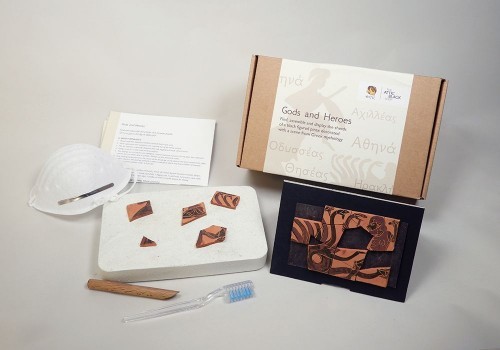

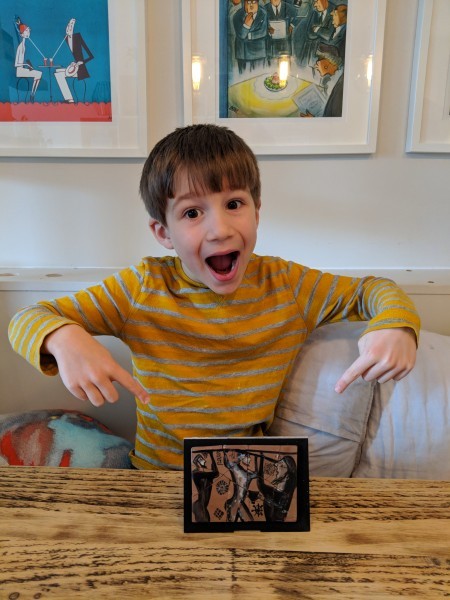
GODS AND HEROES ARCHAEOLOGY KIT REVIEW:
IF you are reading this, you probably love history and archaeology. And if you have children, then you have probably struggled at times to excite them about ancient ruins and archaeology. Here is an idea: let them be an archaeologist and see how interesting (and yes, even exciting) it is!
The friendly people at Greecs.com sent us an archaeology kit for children to try out. We received the “Gods and Heroes” kit (€37.00), in which you “excavate” a broken black-figure pottery image and piece it back together like an archaeologist would. Exciting!
Read More
167 notes
·
View notes
Link
462 notes
·
View notes
Photo

A 30-year-old Roman man who was crushed by a stone block during the eruption of Mt. Vesuvius, in Pompeii (79 AD)
4K notes
·
View notes
Photo
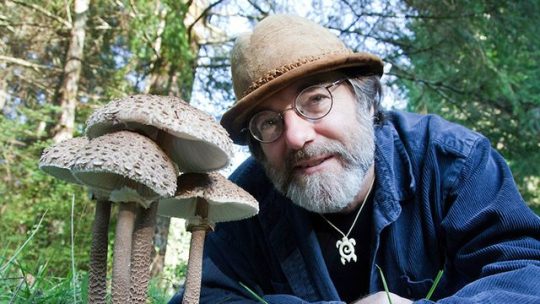
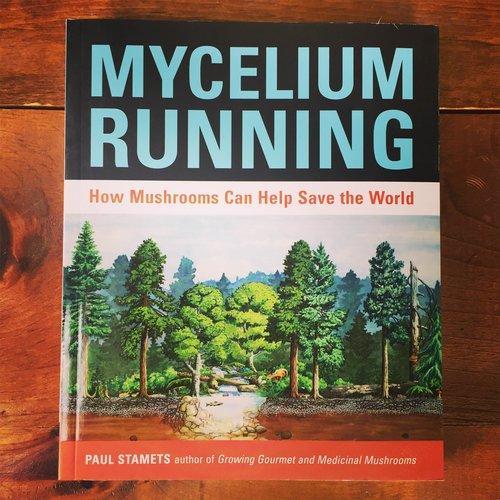
The Real Life Paul Stamets ‘Star Trek Discovery’
In Star Trek Discovery scientist Lt. Paul Stamets is an “astromycologist” specializing in mushrooms and “spore-drive” technology. The fictional Star Trek scientist is actually based on a real life American scientist with the same name.
Paul Stamets is a Mycologist with a passion for fungi and mushrooms believing that mushrooms can one day save the world. His work focuses on finding extraordinary uses for mushrooms creating applications that seem right out of Gene Roddenberry’s Star Trek universe. Stamets has shown how fungi can be utilized to clean polluted soil, replacing toxic insecticides and also treating viruses. Paul has invented paradigm-shifting uses for fungal extracts including some that have the ability to boost immunity and fight viruses. These extracts were discovered from a rare, gnarled mushroom found in old growth forests in the Pacific Northwest which protects from small pox.
#star trek#Star Trek discovery#paul stamets#mushrooms#mycology#Fungi#science#science fiction#spore drive#sci fi#technology#gene roddenberry#boldly go#discovery#universe#space#Astronomy#astromycologist
168 notes
·
View notes
Photo
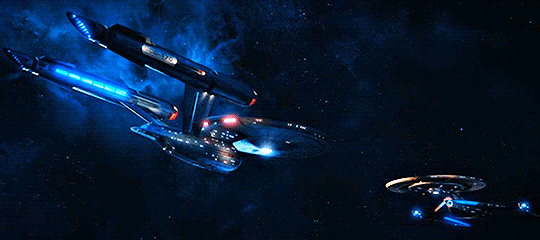

Hail is from Captain Pike, sir. It’s the U.S.S. Enterprise.
#Star Trek#TOS#Star Trek discovery#Captain pike#cbs#science#science fiction#sci fi#starship#space#space ship
2K notes
·
View notes
Photo

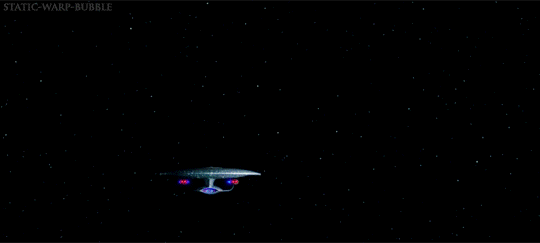
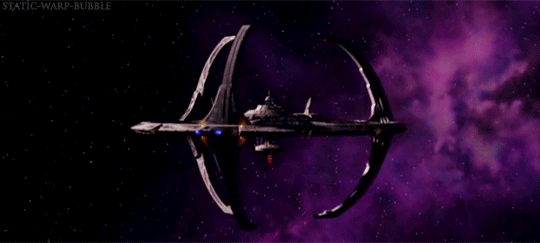
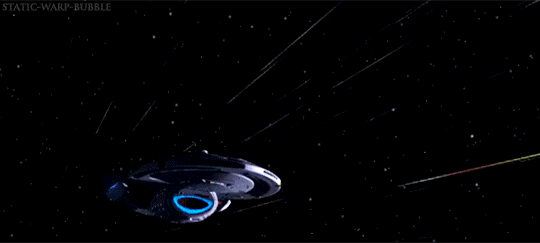

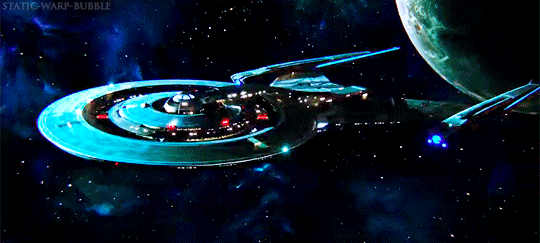
The Ships (and the one station)
#Science#Star Trek#sci fi#Star Trek discovery#the next generation#TOS#trek#boldly go#space#space ships#science fiction#warp drive
4K notes
·
View notes
Photo
The best Star Trek Since The Next Generation.

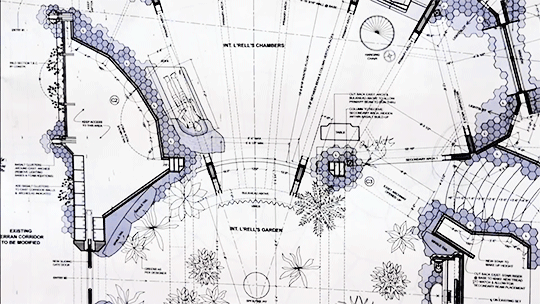


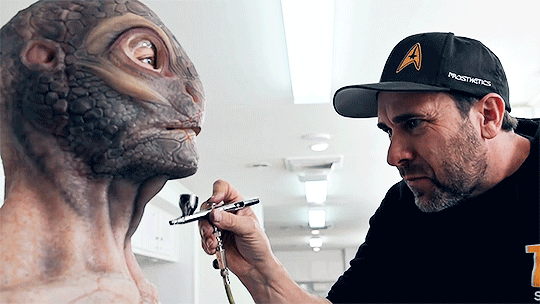

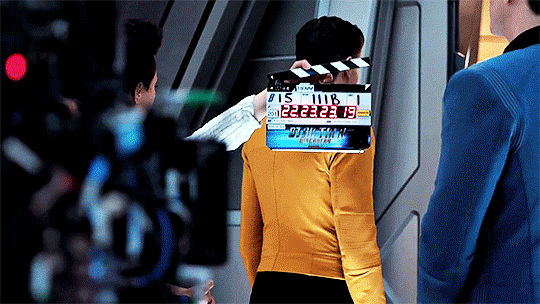
Star Trek: Discovery begins production for season 2! 👀👀👀
#Science#Star Trek#Star Trek discovery#sci fi#Vulcan hello#captain pike#the next generation#the new generation#Captain Kirk#trek#boldly go#discovery
3K notes
·
View notes
Photo

298 notes
·
View notes
